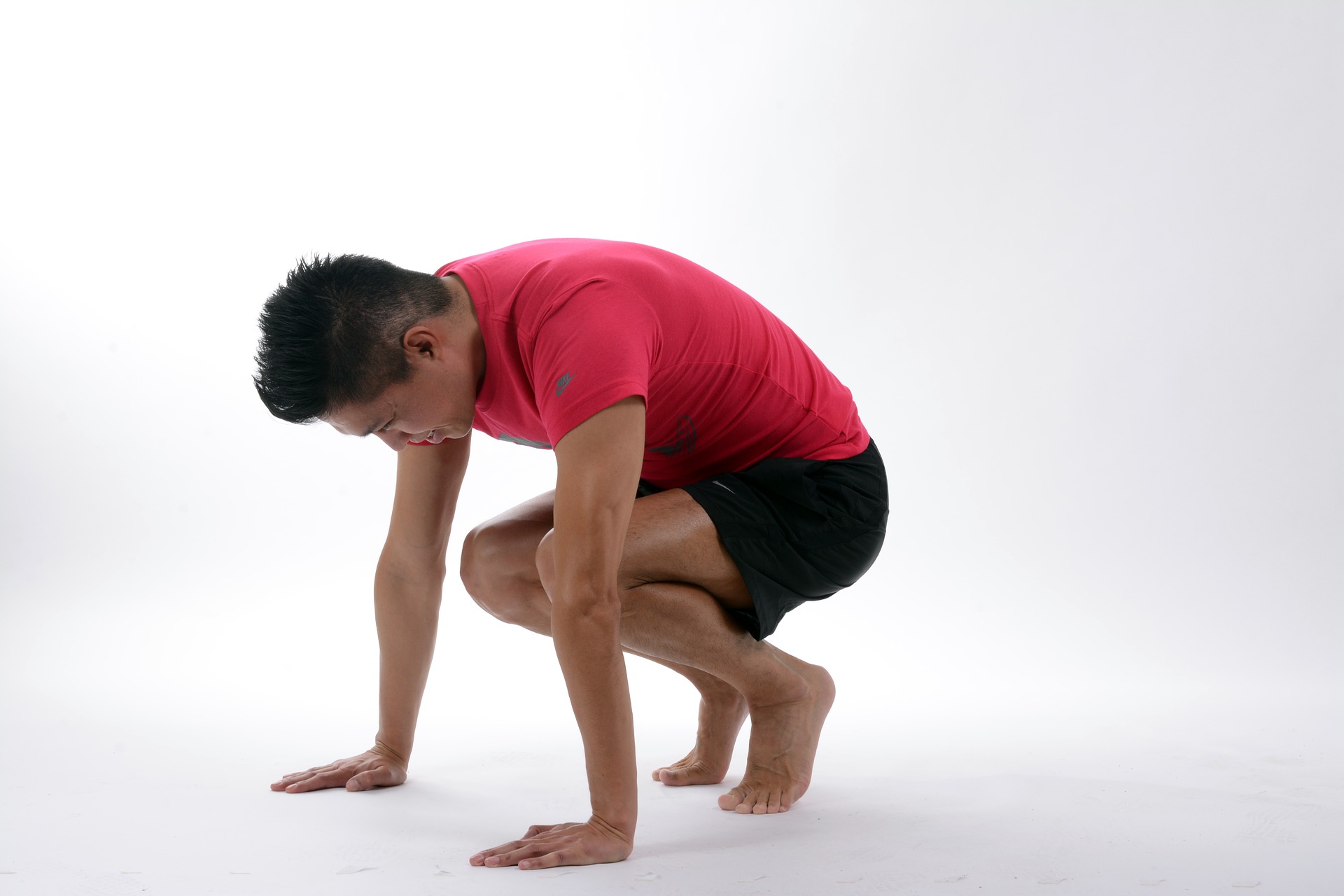The Feldenkrais Method is somatic educational system designed by Moshé Feldenkrais (1904-1984). The Feldenkrais method is designed to improve movement repertoire, aiming to expand and refine the use of the self through awareness, in order to reduce pain or limitations in movement, and promote general well-being.
The Feldenkrais Method is often regarded as falling within the field of integrative medicine or complementary medicine. Current research on the neuroplasticity, by scientists as Norman Doidge and Michael Merzenich may support Feldenkrais’ key theories of the possibilities of somatic re-education.
Approach
His hypothesis was that health is founded on good function. He asserted that his method of body/mind exploration improved functioning (health) by making individuals more aware: “What I am after is more flexible minds, not just more flexible bodies”.
The Feldenkrais Method tends towards being a form of self-education and mind-body development, rather than a manipulative therapy. Feldenkrais’ approach was essentially experiential, grounded in tools of self-discovery and movement enquiry.
Feldenkrais’ background as a physicist, engineer and Judo master deeply informed his research. Major influences on Feldenkrais’ work include Fechner, Gerda Alexander, Elsa Gindler, Kano, Gurdjieff, Coué, Bates, Jacoby, Todd and F. Matthias Alexander, all of whom were concerned with awareness and education.
Techniques
Awareness through movement (ATM)
Feldenkrais gave the name “Awareness Through Movement” to a series of demonstrations he devised as he was learning to walk normally with a seriously damaged knee.
His lessons were intended to provide concrete directions for attending to and learning about the physical experience associated with the movements.
The goal was to increase the client’s’ awareness of the mechanical details and the sensation, opening the possibility of actively choosing new patterns of movement.
Feldenkrais taught that changes in our ability to move are inseparable from changes in our conscious perception of ourselves as embodied.
He said that changes in the physical experience could be described as changes in our internal self image, which can be conceived as the mapping of the motor cortex to the body. (Body image theory was developed by Penfield in the form of cortical homunculus).
Feldenkrais felt that activity in the motor cortex played a key role in proprioception (the sense of body position). He aimed to clarify and work therapeutically with this relationship, with instructions that involved both specific movement instructions and invitations to introspection.
Functional Integration (FI)
In a Functional Integration lesson, a trained practitioner uses his or her hands to guide the movement of a single client, who may be sitting, lying or standing (fully clothed).
The practitioner uses this “hands-on” technique to help the student experience the connections among various parts of the body (with or without movement).
Through precision of touch and movement, the client learns how to eliminate excess effort and thus move more freely and easily. Lessons may be specific in addressing particular issues brought by the client, or can be more global in scope.
Although the technique does not specifically aim to eliminate pain or “cure” physical complaints, such issues may inform the lesson.
Issues such as chronic muscle pain may resolve themselves as the client may learn a more relaxed approach to his or her physical experience – a more integrated, free, and easy way to move.






